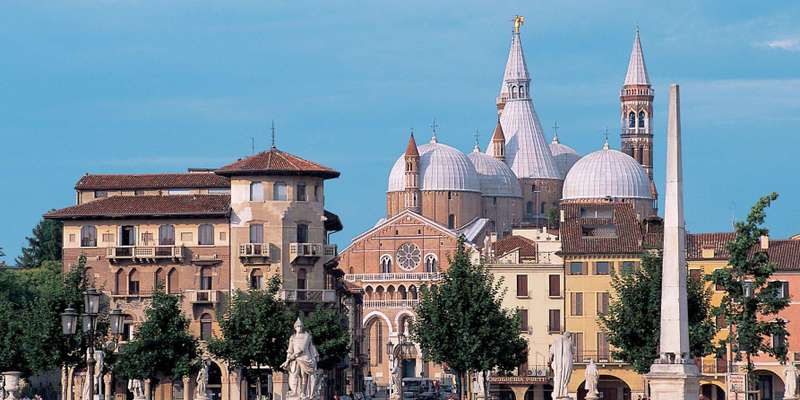- Home
- Useful Tips
- Padua's historic pharmacies and...
Few travelers realize Padua hides some of Europe's most fascinating Renaissance-era pharmacies, where ancient herbal medicine traditions come alive. Over 70% of visitors miss these hidden gems entirely, unaware they're standing mere meters from 15th-century apothecary cabinets filled with rare medicinal displays. The frustration compounds when tourists later discover they've walked past these time capsules of medical history, lacking only the local knowledge to recognize them. Unlike crowded Venetian attractions, Padua's historic pharmacies offer an authentic glimpse into Italy's scientific heritage without the queues - if you know where to look. The challenge lies in identifying which displays still contain original artifacts versus modern reconstructions, and understanding their significance beyond the beautiful ceramic jars.


Finding authentic Renaissance pharmacies among Padua's modern shops
Walking through Padua's city center, you'll pass dozens of ordinary-looking pharmacies blending seamlessly with modern storefronts. The true historic treasures reveal themselves through subtle architectural clues - look for ornate wooden beams, frescoed ceilings, or the distinctive 'spezieria' signage marking ancient apothecaries. Farmacia Santa Chiara near Piazza delle Erbe maintains its original 18th-century layout, complete with handwritten remedy ledgers under glass. At Antica Farmacia al Duomo, the 16th-century ceramic albarello jars aren't replicas - they're the actual containers once used to store medicinal herbs. Local historians note these locations deliberately avoid flashy tourism signage to preserve their working atmosphere, making an informed eye essential for spotting them.
Decoding the herbal displays like a medical historian
The cryptic symbols and Latin inscriptions in Padua's pharmacy museums become fascinating when you understand their purpose. Those strange animal carvings? They're not decorations - medieval pharmacists used zodiac signs to indicate when to harvest specific herbs. The beautiful majolica jars follow a color code: blue for digestive remedies, green for respiratory treatments. At Farmacia ai Do San, the displayed 'theriaca' formulation equipment represents a 2,000-year-old antidote recipe studied by Padua's medical students since 1222. Local guides emphasize examining the handwritten 'ricettari' books, where you'll find bizarre ingredients like powdered mummy (yes, real mummies) once believed to cure ailments. These details transform curious displays into windows on Europe's medical evolution.
Combining pharmacy visits with Padua's other scientific landmarks
The historic pharmacies gain deeper meaning when paired with Padua's university medical sites. A 10-minute walk from Farmacia al Gallo brings you to Palazzo Bo's 16th-century anatomy theater, where professors once dissected cadavers using herbs from these very pharmacies. The Orto Botanico, established in 1545 to grow medicinal plants, still supplies traditional remedy ingredients. Savvy travelers create a self-guided 'medical history trail' starting at the university museums, moving to the botanical garden's poison plant section, and ending at the pharmacies that dispensed these dangerous cures. This approach reveals how Padua's entire historic center functioned as an interconnected healthcare hub during the Renaissance.
When to visit for the most immersive herbal medicine experience
Timing transforms a quick pharmacy peek into an immersive journey. April through June offers the bonus of seeing Orto Botanico's medicinal plants in bloom, making the pharmacy herb displays more tangible. Wednesday mornings often find local historians giving impromptu explanations at Farmacia Santa Chiara. For true enthusiasts, September's 'Herbaria' festival features living history actors demonstrating Renaissance remedy preparation using authentic techniques. Off-peak winter visits provide rare quiet moments to examine the displays closely, though some smaller sites reduce hours. Regardless of season, arriving before 11am helps avoid student groups from Padua's famous medical university who frequently study these collections.



